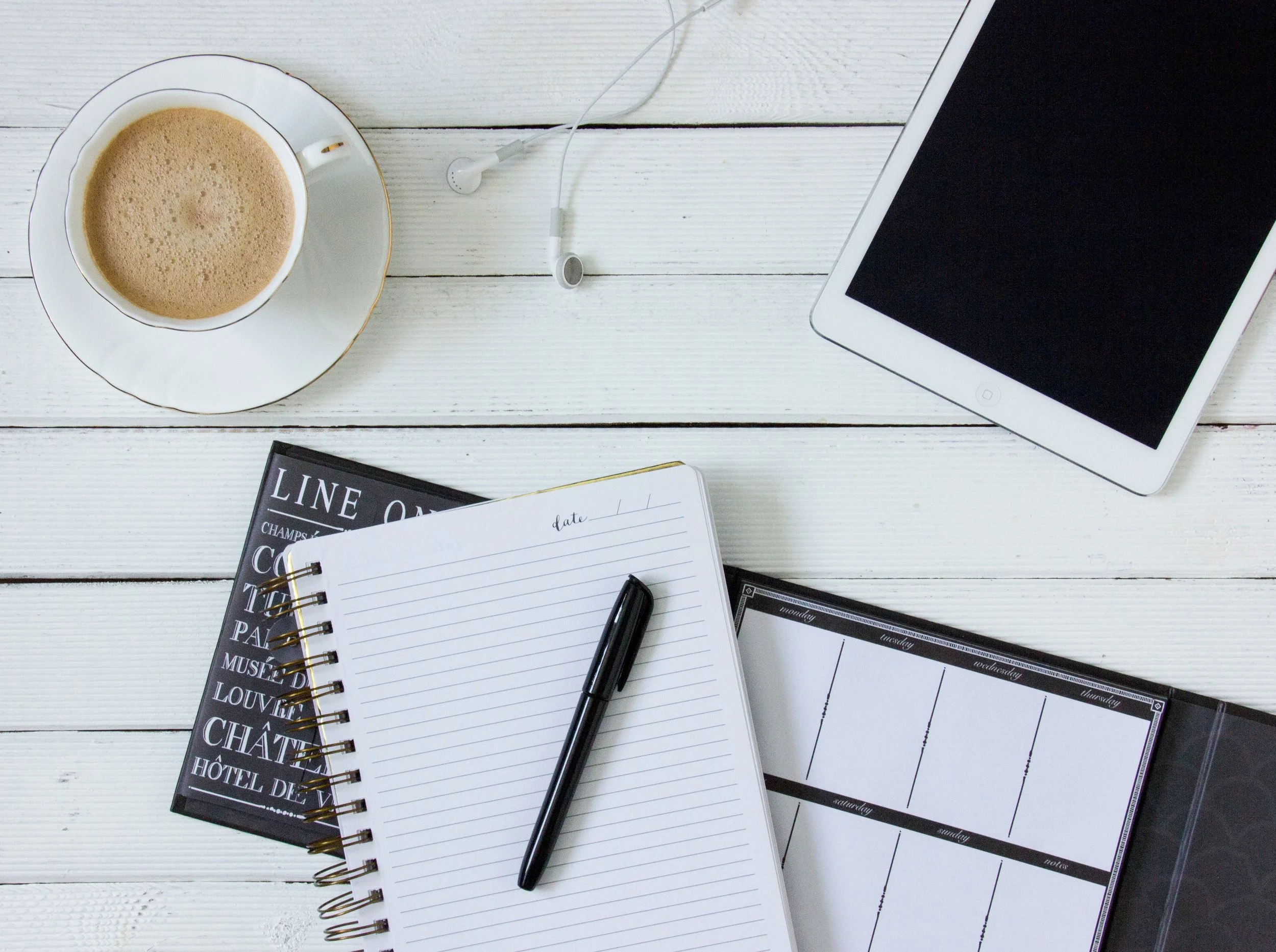Secrets of a Happy Life: When the Going Gets Tough, the Tough Go Shopping
/“Whoever said money can’t buy happiness simply didn’t know where to go shopping.”
- Bo Derek, American actress
*Pre-read: "Money Can't Buy Happiness...Or Can it?: Spending Tips for Creating Your Own Happiness"
For one of my recent Instagram posts, I did a flashback of my trip to Hong Kong. HK is, by many accounts, one of the top shopping cities in the world. It is absolutely packed with purchasing opportunities — from street markets selling trinkets to electronic shops with the latest and greatest, to high-end fashion boutiques and everything in between.
My husband and I found HK to be a fascinating place to people-watch and observe what often seemed to be rather frenzied spending. To be honest, we were too overwhelmed to buy much, and came away with only a couple quick purchases of our own.
The experience led me to reflect on how spending money on “things” impacts people’s happiness. According to market research company TNS Global, more than 50% of Americans admit to shopping for a mood boost — so-called “retail therapy”. Given my recent blog, “Money Can’t Buy Happiness…Or Can it?”, I thought I would delve into the literature on this rather common coping mechanism.
Creating Your Own Happiness: Does Retail Therapy Work?
Despite its often bad rap, there is data to support what many of us have experienced: Shopping can actually lift our spirits when we’re feeling low. It seems intuitive that buying ourselves a “treat” can feel good. However, research has also shown that part of the drive to shop relates to our need to regain a sense of control and autonomy when other parts of our life seem, well, out-of-control. We see something we want. We buy it. Done.
Other times, purchases can help us adjust to difficult transitions, such as moving into a new home; to relax after a taxing day; or to dress and feel more confident going into a stressful job interview. For some, myself included, shopping can be a mood-enhancing social experience. When I travel alone, going into stores is one of the strategies I use to meet new people and feel more connected. It’s also important to recognize that art, fashion, and home decor purchases can feel uplifting because they celebrate our creativity and personal aesthetic.
So what happens after the initial high? Truthfully, I had assumed that many of the shopping therapy purchases would be associated with buyers’ remorse or at best a very short-lived thrill. But it turns out that the majority of the time, this is not the case. Most people seem to experience a sustained boost in mood and experience no guilt or regret for their impulsive, emotion-driven purchases.
Dr. Tara’s Sunshine Query: When Does Adaptive Become Maladaptive?
When does retail therapy become a problem? Clearly there are times that this — like many other coping mechanisms — can push into the realm of maladaptive. In the psychotherapy world, we define a disorder as an ongoing pattern of thought, emotion or behaviour that is either deviant by society’s standards or results in significant physical, emotional or social distress. Let’s look at alcohol use as an example. If our drinking habits lead to health problems, interfere with our relationships, or result in us repeatedly missing work or engaging in illegal behaviour such as drinking and driving, we have a “disorder” — whether or not we are considered alcoholic. If we translate this to shopping, the behaviour is problematic if it leads to guilt and emotional distress, marital conflict, or is associated with lying or hiding purchases and bills, missed or neglected responsibilities, or financial difficulties.
As with any behaviour, it is important that we be mindful of what we are doing and the impact of our actions on both ourselves and others. An occasional comfort buy may result in that little high we desire. However, we need to be honest with ourselves if we have crossed that line and developed more of a compulsive shopping disorder. Just as with any maladaptive practice, making the shift back to “adaptive” requires both effort and healthier alternatives. Some of my clients have found window shopping to be sufficient for an emotional boost. Others have responded well to taking photos of themselves in items they like or putting a few things on hold to reassess at a later time.
Secrets of a Happy Life: Get to the Root of the Issue & Find Some Win-Win Strategies
At the end of the day, we are talking about coping here, not fixing. Whether we experience an improvement in mood or not, it behooves us to examine the underlying issues. Perhaps what we really need is to pay more attention to self care, get personal or family counselling, set healthy relationship boundaries, work on better communication with our boss, or re-examine our work-life balance. It is also helpful to find a few effective coping mechanisms that have positive side effects and are therefore what I consider win-win strategies. Cheap, guilt-free stress relievers include exercise, meditation, spending time outdoors, listening to music, connecting face-to-face with friends — and perhaps even reading Dr. Tara’s Sunshine blogs!

